
First Aid for Allergic Reactions
Becoming a workplace First Aider is a great asset to your skillset and enables you to play a vital role

Becoming a workplace First Aider is a great asset to your skillset and enables you to play a vital role
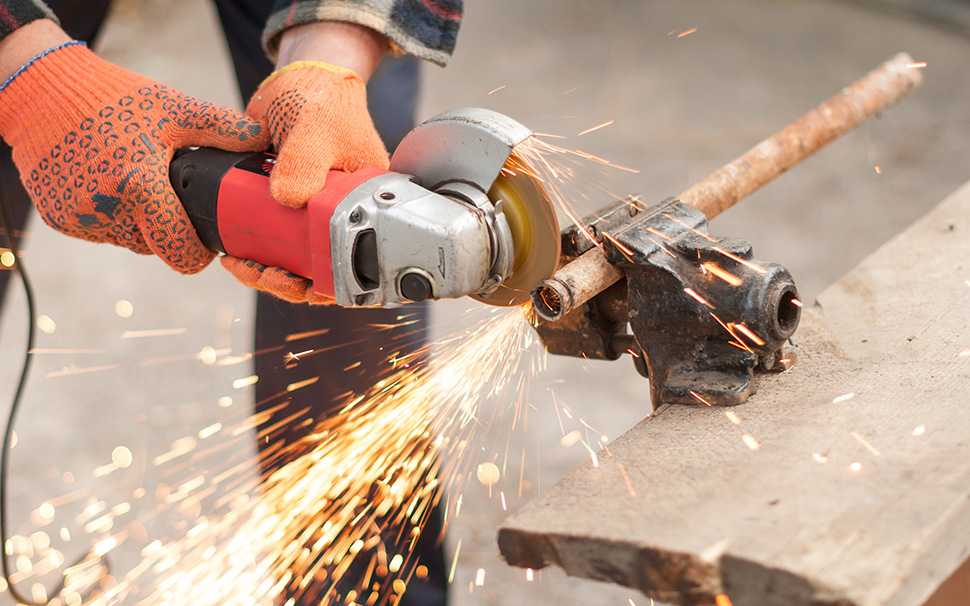
Abrasive Wheel training is designed to suit those who work with abrasive wheels. An abrasive wheel is a wheel that
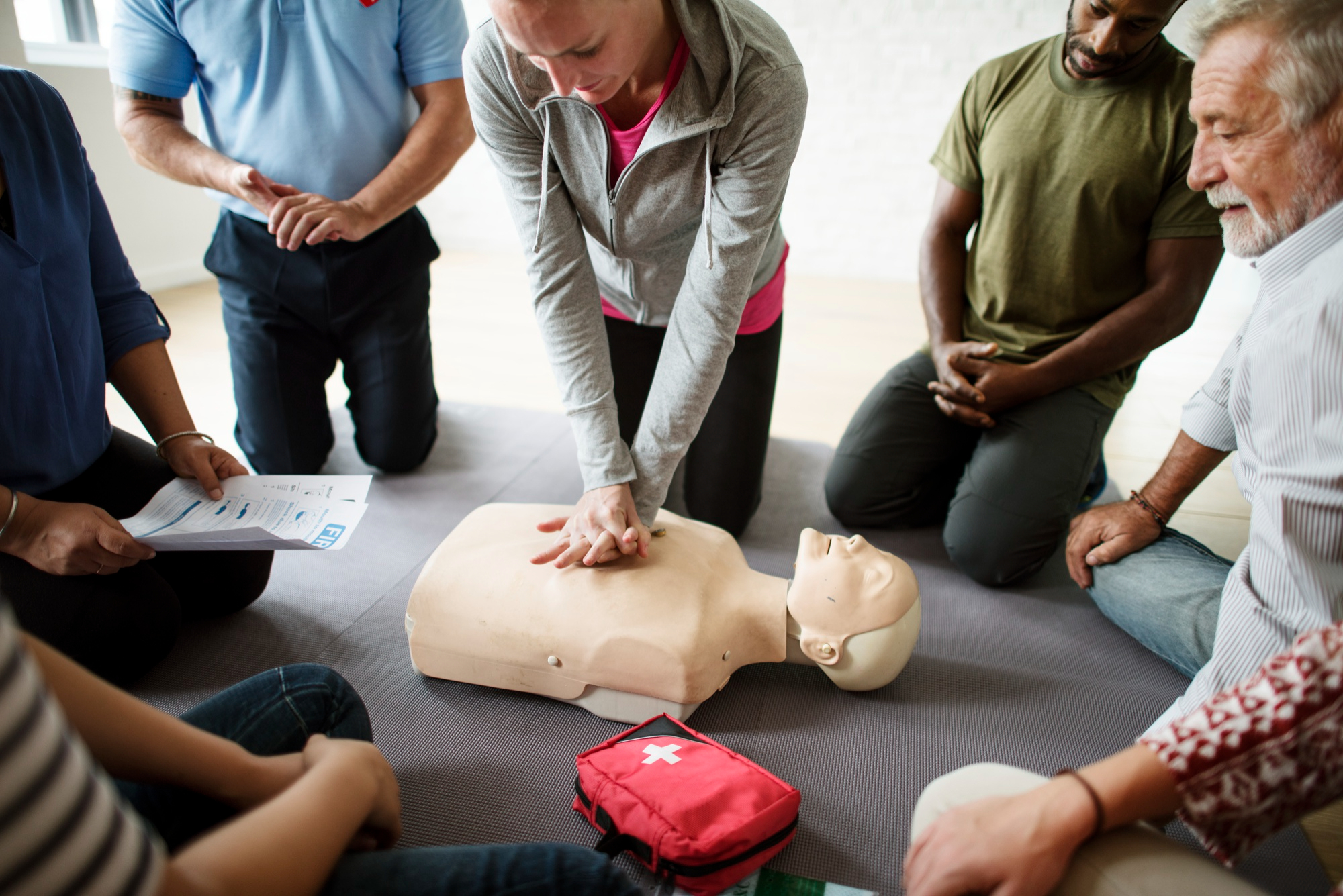
First Aid Training is an essential for many businesses, and choosing the right first aid training provider is critical. When
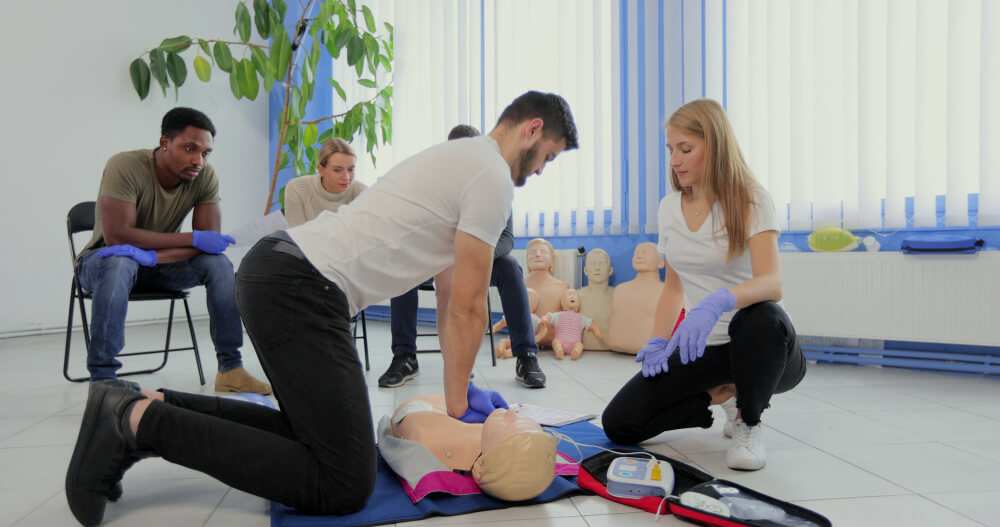
First aid training is an essential for any first aid responder or first aider who will be responsible for keeping
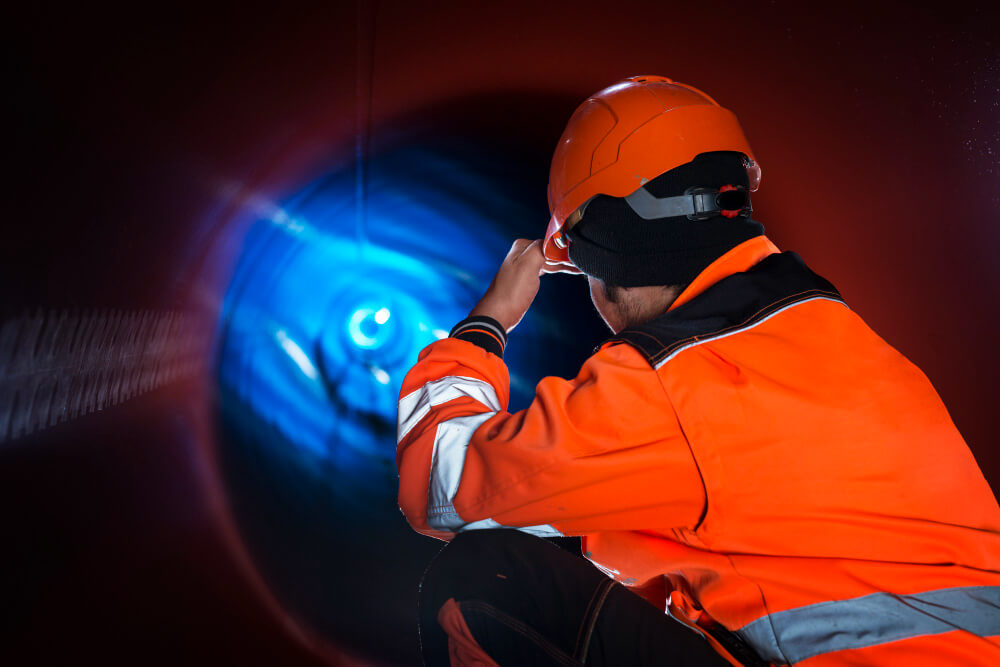
By law, anyone who works in confined spaces must receive adequate training, instruction and information appropriate to the nature of
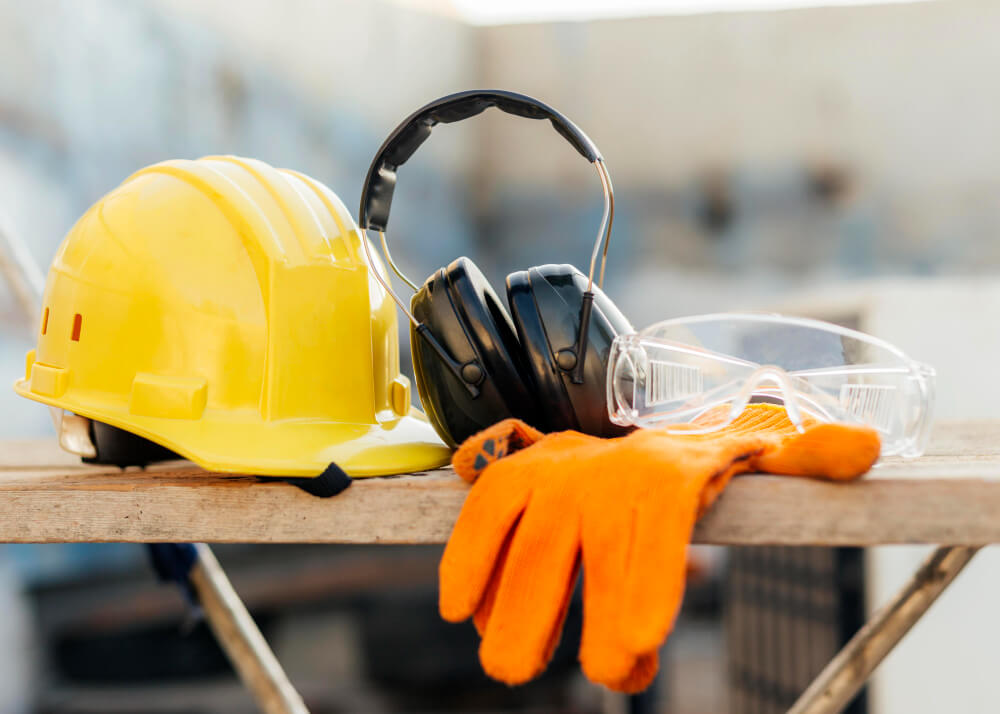
IOSH vs NEBOSH: The key differences IOSH and NEBOSH are health and safety training courses that are recognised as essential
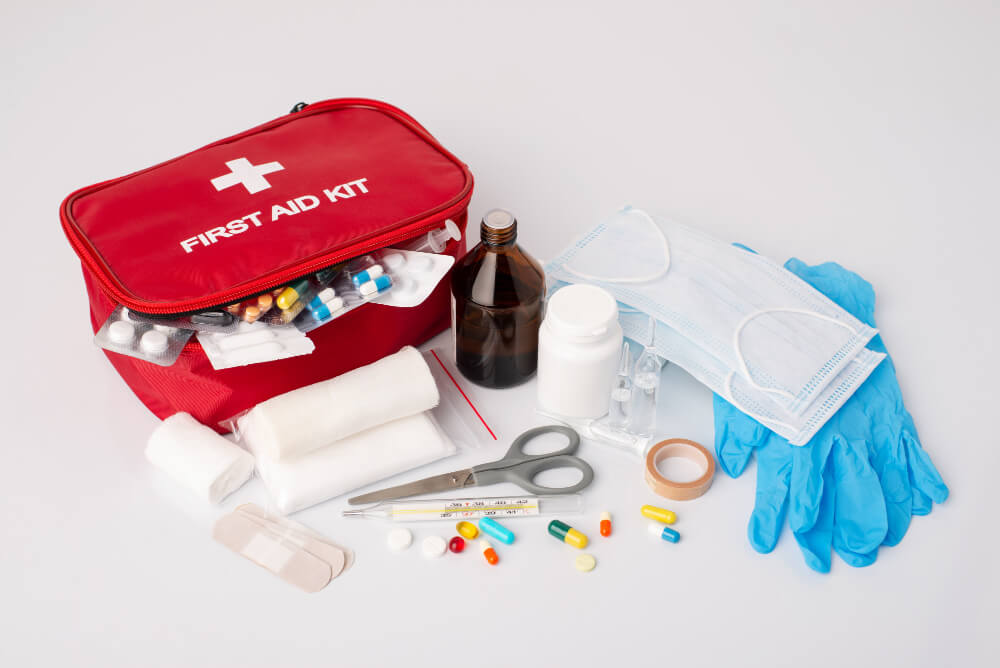
Do you know what’s in your workplace first aid kits? If you’ve never needed to find out, good for you!

What is Chemical Safety Awareness Chemical Safety is achieved by undertaking all activities involving chemicals in a way that ensures

What is Atex? ATEX broadly refers to the hazard of explosive atmospheres in the workplace attributable to the presence of

Permit to work systems in Ireland are designed to identify where a work permit is needed and regulate high risk
Sign up for our monthly newsletter for the latest news & articles
Copyright © 2024 ASM Group. All Rights Reserved | Website Design and Development by ePresence Digital Marketing